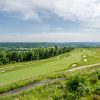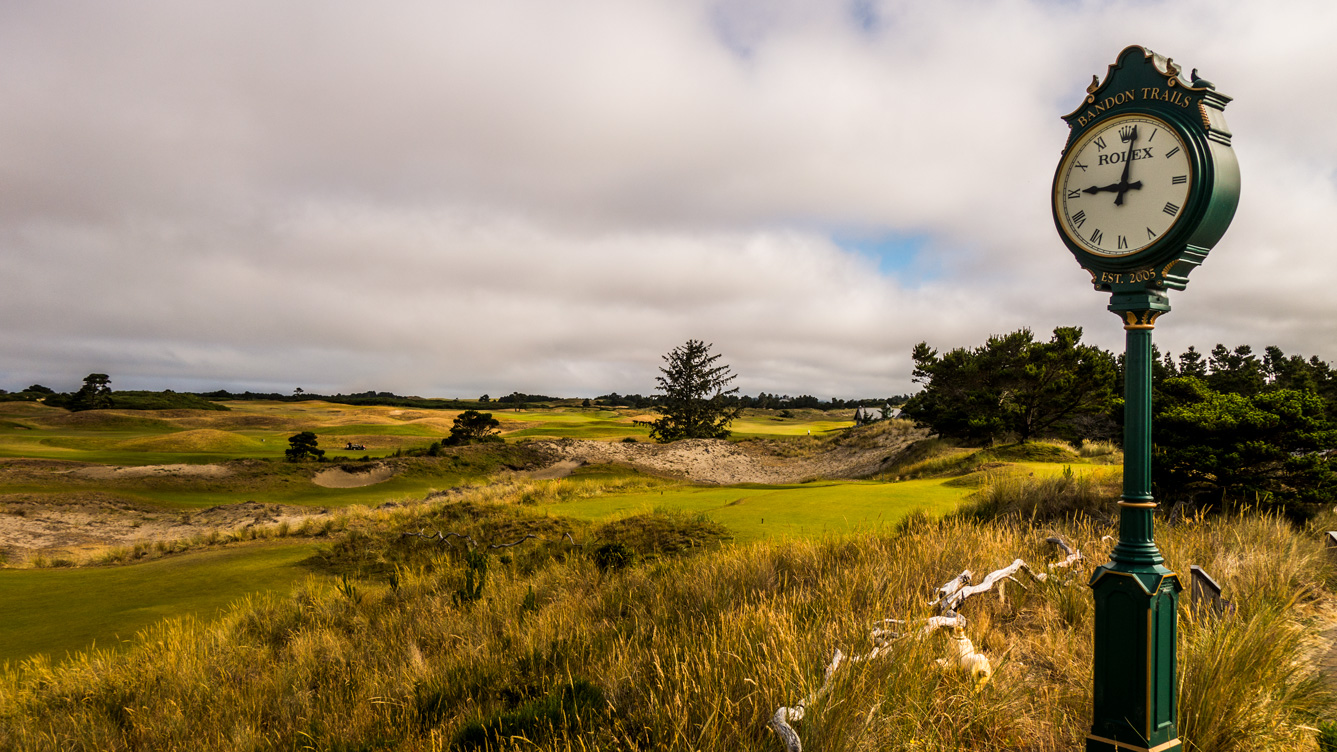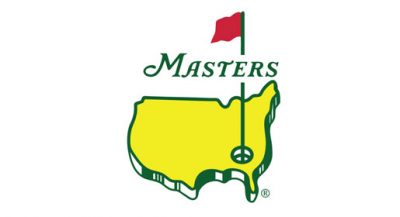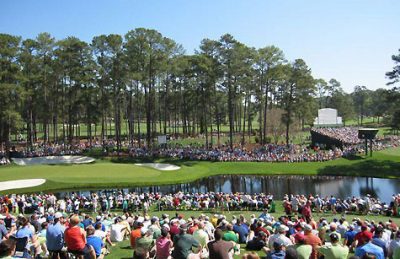Ballyneal Golf Course Review
Categories: Course Reviews • Golf • Golf Courses • Golf For Women • Reviews
Tags: Colorado Golf • Tom Doak
Ballyneal is a private golf club located a few minutes from Holyoke Colorado. Ballyneal opened in September 2006 and I was privileged to play the course before it officially opened. Holyoke is a very small town in North Eastern Colorado, roughly 12 miles from the Colorado/Nebraska border. You would never be able to find Ballyneal if you were simply passing through the town of Holyoke and wanted to stop by. To get there you need to drive about 15-20 miles through a maze of dirt farming roads which provide farmers access to the thousands of acres of cornfields in the area. You’d have an easier time finding the course if you chartered a small helicopter.
Designed by Tom Doak
Ballyneal was designed by my new favorite golf course designer: Tom Doak. Tom Doak is probably most famous for his design at Pacific Dunes in Oregon. I have yet to play Pacific Dunes, but since I’ve experienced Ballyneal it’s at the top of my golf course to-do list.
After doing a little research on Doak my ranking was solidified even more when I found out he designed one of my all time favorite courses: Stonewall in Elverson Pennsylvania. Stonewall is an amazing course and has the dubious distinction of bringing my game to it’s knees worse than any other course has.
The Club at Pradera Golf Course Review
Categories: Course Reviews • Golf Courses • Reviews
Tags: Colorado Golf • Pradera
This is the 3rd and final in a set of reviews I’m doing on Jim Engh courses I experienced during my recent trip to Colorado with fellow golf blogger Jay Flemma and others.
What is Pradera?
The Club At Pradera is a private golf club located in Parker, Colorado. Parker is about 45 minutes south of Denver. The terrain is similar to the area I described near Castle Rock with small mountains and hills, but a little more extreme.
The Course
This 18 hole track is what many have called Jim Engh’s “masterpiece” design. The course travels up and down the hills and through the canyons of this area. There are several extreme elevation changes in this par 72, 7183 yard layout. The most extreme is the drop off the black tees on #16 (pic below). 16 is a 632 yard par 5 with a 275 foot drop from the back tee to the fairway. How do I know it’s exactly 275 feet? Because I asked Engh himself during our round there!
Fossil Trace Golf Course Review
Categories: Course Reviews • Golf • Golf Course Architecture • Golf Courses • Golf For Women • HOG World Tour • Reviews • Travel
Tags: Colorado Golf
This is the 2nd of a series of 3 reviews of golf courses designed by my new buddy Jim Engh. I will no doubt be reviewing more than a total of 3 Engh courses in the future but these are ones I evaluated on my recent Colorado trip.
Fossil Trace – The History
What a cool name for a golf course. Fossil Trace, located in Golden Colorado is on some very historic Earth. The name Fossil Trace comes from the great find of fossils found on the course. There are various fossils ranging from 64 million year old Triceratops footprints to palm fronds.
Behind a great rock wall left of the 12th green many of the fossils are on display. Once you are done recording a birdie on #12 like I did, you can go look at some Triceratops foot prints.
Clay Mining
The fossils aren’t the only history lying under the plush fairways of Fossil Trace. Back in the late 1800’s this piece of land was a clay quarry. Many holes have remnants of the old clay mining operation. Several holes have very cool and rustic mining equipment. The first hole (above) has an old mining smelter chimney which Jim Engh liked so much he left it right in the middle of the fairway. The old mining tractors parked near many of the holes add a very unique look and feel to the course.
12 approach, mining equipment, rock spires and fossil wall (left)
Red Hawk Ridge Golf Course Review
Categories: Course Reviews • Golf • Golf Course Architecture • Golf Courses • HOG World Tour • Reviews • Travel
Tags: Colorado Golf
I’ve got three courses to review in the near future, all of which were designed by my new pal Jim Engh. Red Hawk Ridge, located in Castlerock Colorado, is the first of these three.
The Course
The landscape in Castlerock is hilly. There are some rolling hills and small mountains surrounding this neat area. At the top of one of the small mountains is what is obviously “the” Castle Rock. Red Hawk Ridge (RHR for short) winds it’s way up and down the Eastern mountainside of the hilly Castlerock area.
Routing
One of the buzzwords I’ve learned recently is “routing.” Thanks to Jay Flemma and Adam Clayman for clarifying something I knew deep down but never realized: The routing (direction the course and it’s holes travel) is extremely important.
There can be a real “flow” to the way a golf course plays. The flow from tee to fairway to green and the flow from hole to hole are very important. If a course isn’t laid out or routed well, this flow can be compromised and the enjoyment the players experience can be greatly diminished along with other factors like pace of play and course conditioning.












